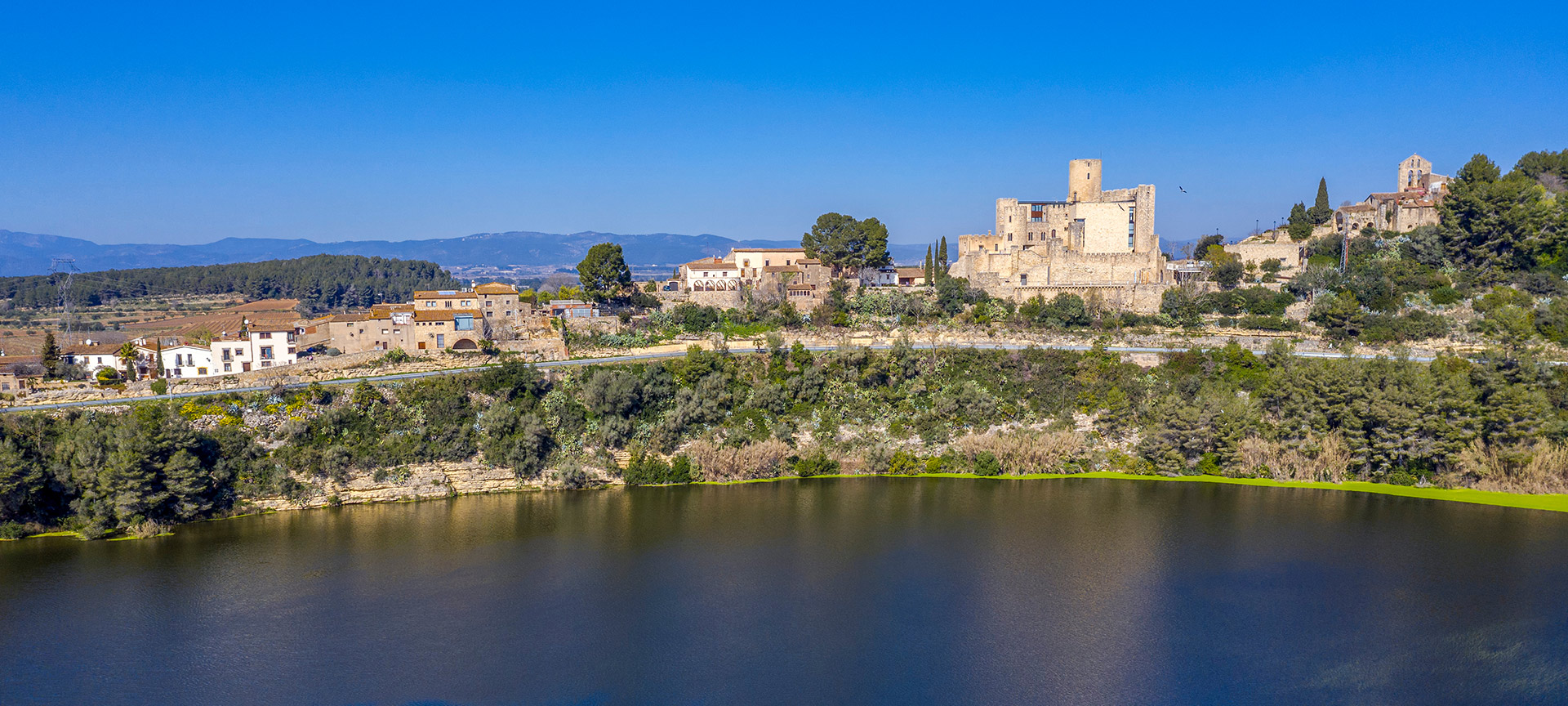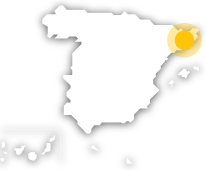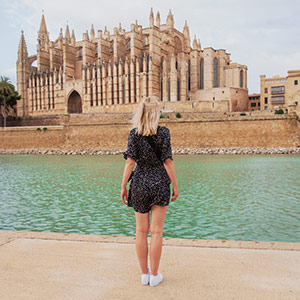
El Foix Natural Park

It is the southernmost of the 12 areas that make up the Barcelona Natural Parks Network
Located in Alto Penedés, it covers an area of 3,157 hectares and is an extension of the El Garraf massif. Its appeal encompasses both the diversity of its natural ecosystems and the richness of its historical and architectural heritage.
This area is known for the beauty of the areas surrounding El Foix swamp, one of the few wetlands in the Penedès, and for the rich architectural and historical heritage found around the castles of Penyafort and Castellet, which were of great strategic importance during the Middle Ages.Penyafort Castle has recently been restored. With elements of medieval, baroque and neoclassical origin, its beginnings are found around a defensive tower with adjoining rooms where Saint Raymond of Peñafort was born in 1285. In the 17th century, the Dominican Order founded a convent, which became a prison during the Spanish Civil War.For its part, the Sant Esteve de Castellet Castle, linked to several Catalan lineages, has Romanesque elements from the 11th and 12th centuries, Gothic elements and also additions from the 20th century. The oldest is the main tower, from the 12th century.In addition to these two sites, the main attractions of El Foix Park include the adapted wildlife observatory, the Sant Esteve hermitage, the Horta fountain, the ruins of the Sant Llorenç hermitage, Cal Bladet, the Sant Llorenç fountain and Casa Alta.
El Foix Natural Park
Barcelona (Catalonia)
Activa JS
What you need to know
-
Cultural information
This space has been a crossroads of medieval civilisations. During the Iberian-Roman era, it crossed the Tarraco-Barcino road and in the Middle Ages it served as a border between Christians and Muslims. The Castellet Castle (10th century) and the Penyafort Castle (12th century) date back to this period, both of which had great strategic value.Among the rich heritage of Romanesque hermitages and churches, the church of Sant Pere and the hermitages of Penyafel, Sanabra and Sant Llorenç stand out. As for civil heritage, an old flour mill from the 13th century stands out. Numerous farmhouses are also vestiges of a time when the Mediterranean trilogy—oil, wheat and vines—presided over the country's agriculture. The cattle routes or old transhumance routes, are testimony to the importance of livestock farming in these regions.
-
Environmental information
Regarding the biodiversity of the area, El Foix Nature Reserve has plenty of forests, as well as riparian and aquatic environments. Alders, ash trees, poplars, elms, cottonwoods and willows grow on the banks of the reservoir and the river, as well as on the banks of the tributary streams.Worth noting is the wildlife associated with the swamp, as it provides shelter for aquatic species, such as the Mediterranean pond turtle, mallard, common moorhen, egret and cattle egret, among others.
-
Information for visits
El Foix Park offers a series of marked trails, guided walks, a viewing platform, two bird observatories (one adapted), and exhibitions. Environmental education workshops and activities are also organized, as well as recreational and cultural programs such as “Live the Park” and “Poetry in the Parks.” Words and landscapes“.El Foix has the Penyafort Castle Visitor Centre, found inside the castle, and two information points for visitors:- Castellet: Castell, 31 08729 Castellet i la Gornal.- El Foix Mill: Farigola, 2-6 08730 Santa Margarida i els Monjos.


